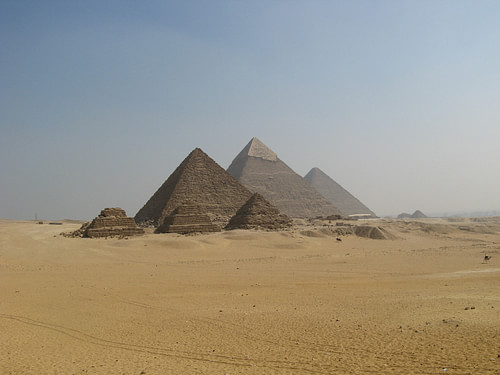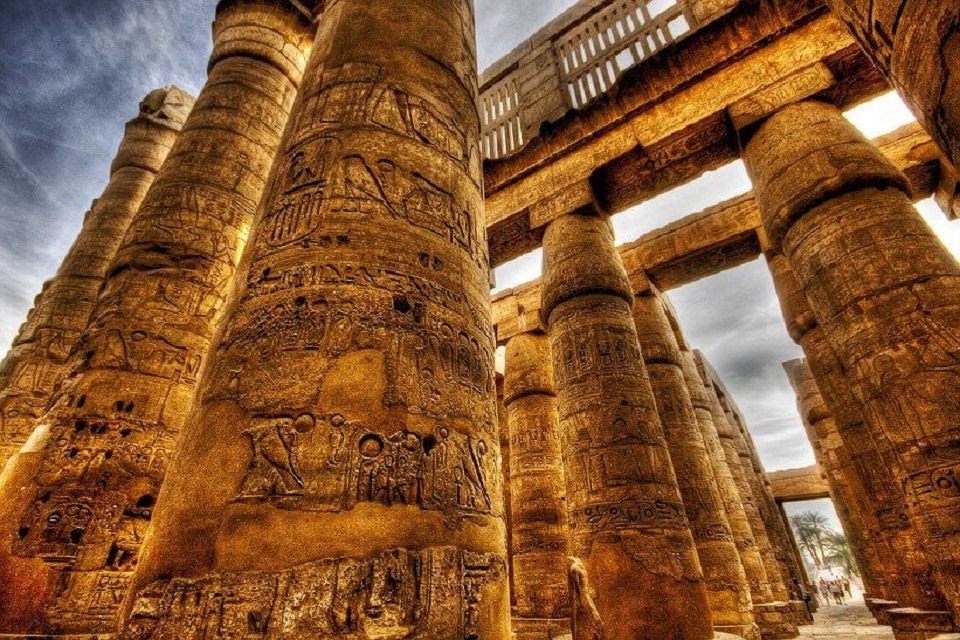The Old Kingdom of Egypt (c. 2613-2181 BCE) is also known as the ‘Age of the Pyramids’ or ‘Age of the Pyramid Builders’ as it includes the great 4th Dynasty when King Sneferu perfected the art of pyramid building and the pyramids of Giza were constructed under the kings Khufu, Khafre, and Menkaure. The historical records of this period, the 4th-6th Dynasties of Egypt, are scarce and historians regard the history of the era as literally ‘written in stone’ and largely architectural in that it is through the monuments and their inscriptions that scholars have been able to construct a history. The pyramids themselves relay scant information on their builders, but the mortuary temples built nearby and the stelae which accompanied them provide king’s names and other important information. Further, inscriptions in stone found elsewhere from the time record various events and the dates on which they occurred. Finally, the tomb of the last king of the 5th Dynasty, Unas, provides the first Pyramid Texts (elaborate paintings and inscriptions inside the tomb) which shed light on the religious beliefs of the time.
In ancient Egyptian history, the Old Kingdom is the period spanning c. 2686–2181 BC. It is also known as the “Age of the Pyramids” or the “Age of the Pyramid Builders”, as it encompasses the reigns of the great pyramid-builders of the Fourth Dynasty, such as King Sneferu, who perfected the art of pyramid-building, and the kings Khufu, Khafre and Menkaure, who constructed the pyramids at Giza. Egypt attained its first sustained peak of civilization during the Old Kingdom, the first of three so-called “Kingdom” periods (followed by the Middle Kingdom and New Kingdom), which mark the high points of civilization in the lower Nile Valley.




